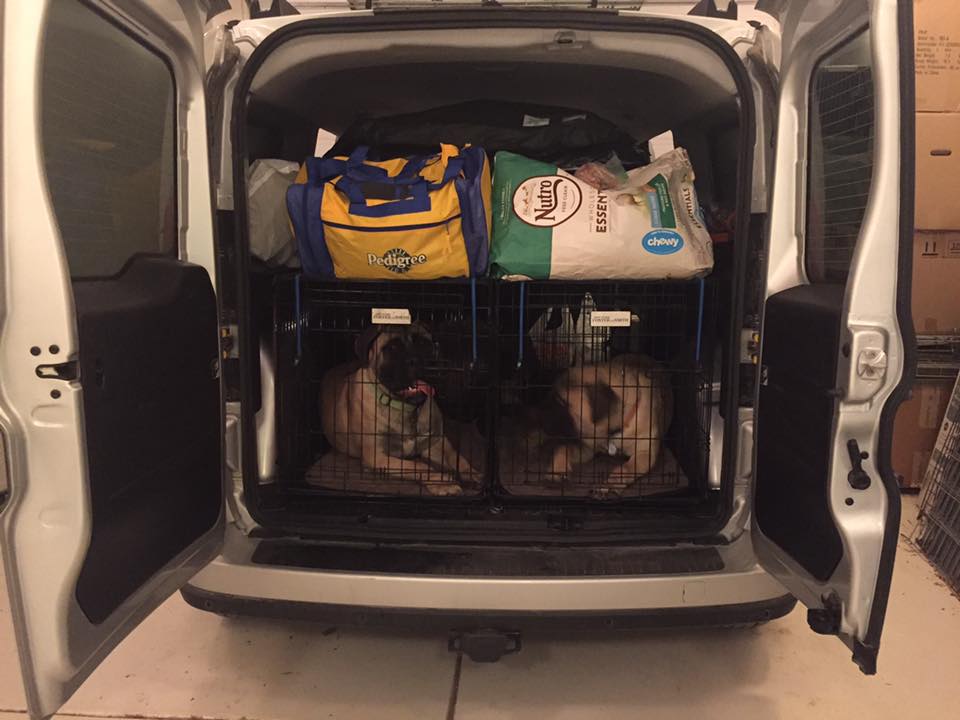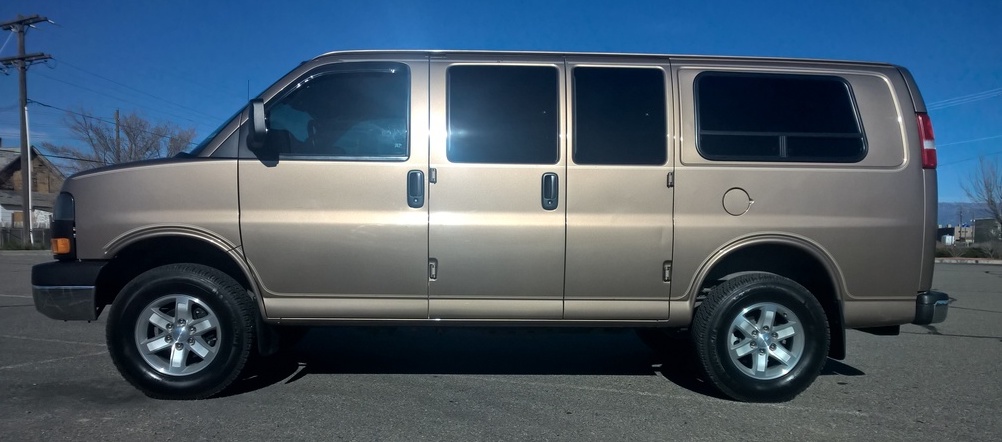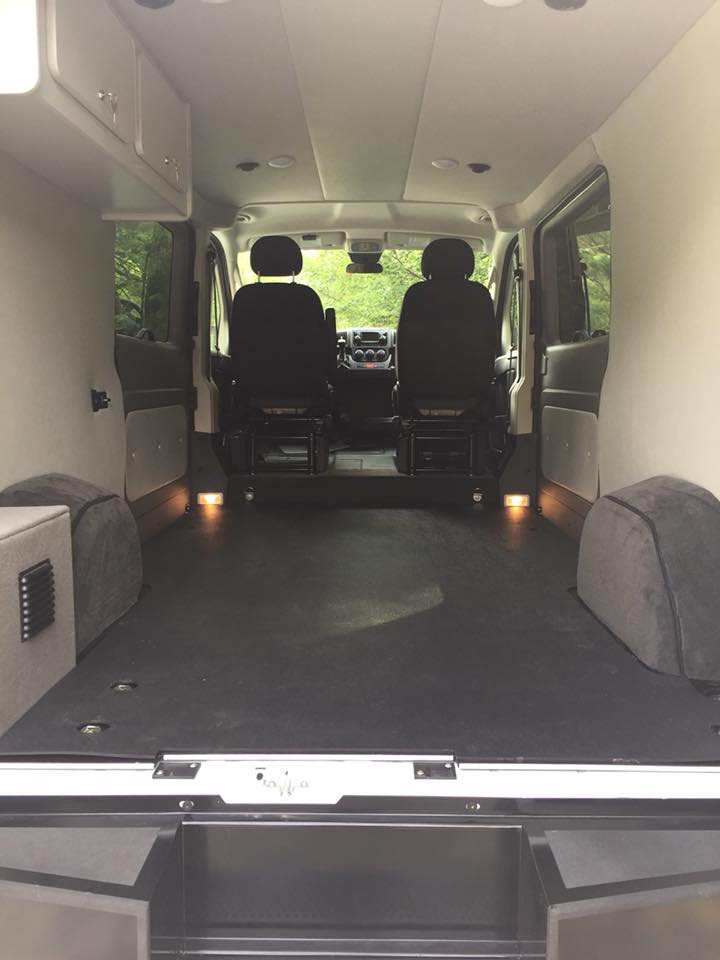
With the growth of pet ownership during the pandemic, auto manufacturers are going to the dogs. Each year various news and automotive publications provide a list of vehicles that are the best choices for individuals and families who travel with canine companions. Some of the features that mark a vehicle as dog friendly include a low ride height for easy access, fold flat seats – particularly important if dogs travel in crates, rear vents for temperature control, a durable interior, cargo tie-down hooks, tinted rear windows, hands free liftgate, and of course, roomy cargo space. Some auto manufacturers go out of their way to provide specific pet accessories that make traveling with dogs easier. Options such as pet ramps, padded liners, a harness, pet carrier, and even a small pet travel bowl suggest that automakers are serious about attracting pet owners.
As someone who has bred and exhibited dogs for over 30 years, I have had my share of dog vehicles. However, as we often have to carry many dogs that fall into the giant breed category, our needs differ a bit from the average dog owner.

Full size vans have been our vehicle of choice for the majority of our dog showing years. We started out with Ford Econovans. Because air and heat are important, we make it a habit to purchase passenger vans and remove the back seats. These vehicles work well because they are roomy, have taller interiors than minivans and SUVs, can carry a lot of dogs, extra crates, exercise pens, food bags, and also carry human necessities. While Ford was our 3-time choice due to the ability to purchase on the A plan, the vehicles were rear-wheel drive, which was somewhat problematic in snowy Michigan even with winter tires. Our best van was the GMC Savanna. It was all wheel drive, and plenty durable – it lasted for over 10 years and 100,000 + miles. When we made the decision to downsize our show involvement and dog numbers, we purchased a Ram City Wagon, once again removing the seats for additional cargo space. With front wheel drive and snow tires, it worked reasonably well in the snow. However after three years of cramming two or three dogs in crates that were a tad too small, we decided to go back to a bigger vehicle.

Our most recent – and most likely last – dog show vehicle, is a Ram ProMaster. Although it is technically a cargo van, we had it retrofitted before picking it up, as well as hooked up for rear heat and air. It has tons of space – we can carry 4 dogs easily, more if the crates are stacked. It is easy to clean, a snap for the dogs to get in and out of, and has tons of head room, so much so that at 5’2” I can stand straight up in it. It is front wheel drive, and handles well in the snow with winter tires. While it does not exactly qualify as fun to drive, it has a good turning radius and the seats are comfy for long trips. It is not high tech and does not come with GPS, but our phones suffice for that purpose.

We have just recently retired from breeding. In a couple of years we plan on moving into town with just two – albeit large – dogs. We look forward to the return of the Detroit Auto Show so that we can spend some time looking for just the right vehicle for our well-traveled canine companions.